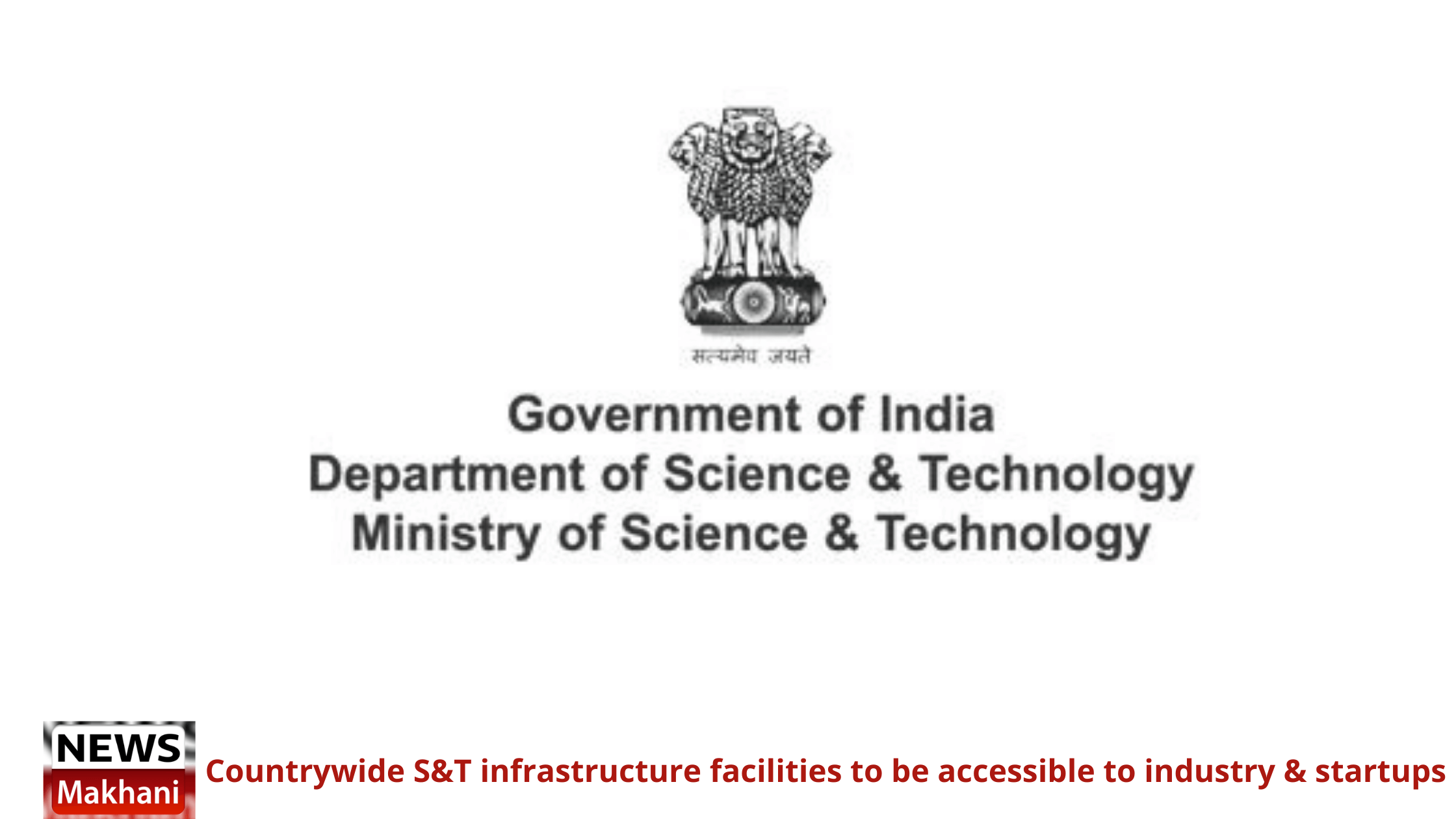Countrywide S&T infrastructure facilities to be accessible to industry & startups
New Delhi, October 17
Startups and industries will soon have access to equipment and S&T infrastructure in different institutions, universities, and colleges spread all over the country to carry out experiments and tests they require for their R&D, technology, and product development.
DST is restructuring its FIST (Fund for Improvement of S&T Infrastructure in Universities and Higher Educational institutions) programme under which it supports scaling up of the network of infrastructural facilities for teaching and research in Universities and higher educational institutions to cater to high-end S&T infrastructural requirements of startups and industries.
“The immensely successful FIST programme will now be reinvented to FIST 2.0 to orient it towards the goal of Atmanirbhar Bharat so as to create R&D infrastructure not only for experimental work but also to cater to theoretical work, ideas and entrepreneurship. This will create a new paradigm for FIST 2.0,” said Dr. Sanjay Dhande, the new chairperson of FIST Advisory Board.
It will also link up programmes like FIST, Sophisticated Analytical Instrument Facilities (SAIF), and Sophisticated Analytical & Technical Help Institutes (SATHI), all of which are designed to set up S&T infrastructure centres at different levels –department, university, regional and national level respectively.
At present, while on an average of about 8,500 researchers use these facilities spread in centres all over India, industries, and startups involved in R&D, technology, and product development have to carry out most high-end experiments and testing of technologies from laboratories outside India. This is because they prefer not to buy equipment and infrastructure which are of limited usage to them, and they cannot access most of the high-end S&T infrastructure set up in the universities and institutions. Till 2019, about 2910 S&T departments and PG colleges have been supported with a total investment of about Rs 2970 crores under FIST. In SAIF, 15 centres have been funded while SATHI has three centres running and more be supported under the R& D infrastructure division.
The S&T infrastructure network would now reach out to more beneficiaries and focus on alignment with some of the National Missions and Sustainable Development Goals as well as towards technology translational research promoting different start-ups and industries. The restructuring would also entail a shift from discipline (tool-centric) based research to interdisciplinary problem solution-centric research.
This would not only encourage Indian-origin researchers in academic institutes and research organizations across the world and resident counterparts to explore collaborative joint ventures to strengthen the S&T base in India for global development but would also enrol industry in R&D endeavor to bring about direct benefits for the society.
Prof Ashutosh Sharma, Secretary, Department of Science and Technology, added, “There is a huge investment in the creation of S&T infrastructure in the country running into several tens of thousands of crores every year in the country, which will bring manifold value with effective and transparent sharing practices with the ease of use. In view of this, DST is also currently formulating a policy on the best practices for the creation, effective use, sharing, maintenance, skill generation, and disposal of the S&T infrastructure.”

 English
English






